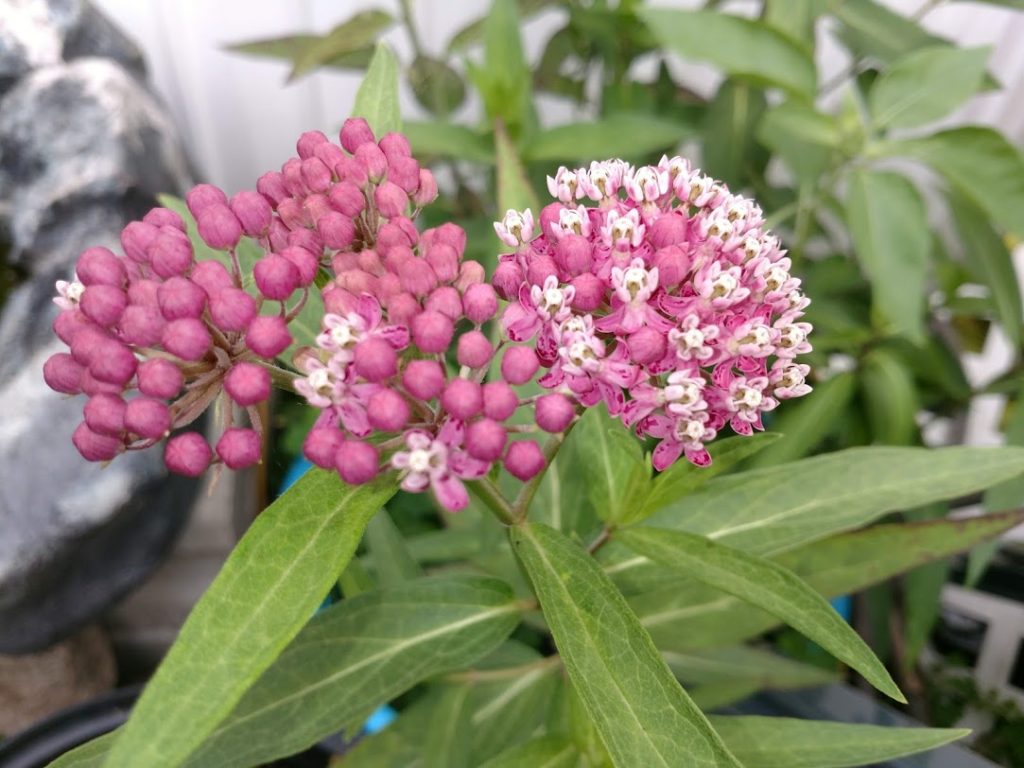
To be sure, we in the environmental movement have many battles to fight and countless challenges ahead. Issues from climate change to saving endangered species make our grass roots efforts more important than ever. But very often many of the people we ask for help feel they want to do more and sometimes feel powerless when some of these issues seem to get more overwhelming and complex.
But this year, this spring, right now there is something positive and important we can all do to help a species on the edge. By making a trip to a local garden center and bringing home some milkweed and planting it in the ground you have just helped a species on the brink and nearing the endangered species list: the Monarch Butterfly.
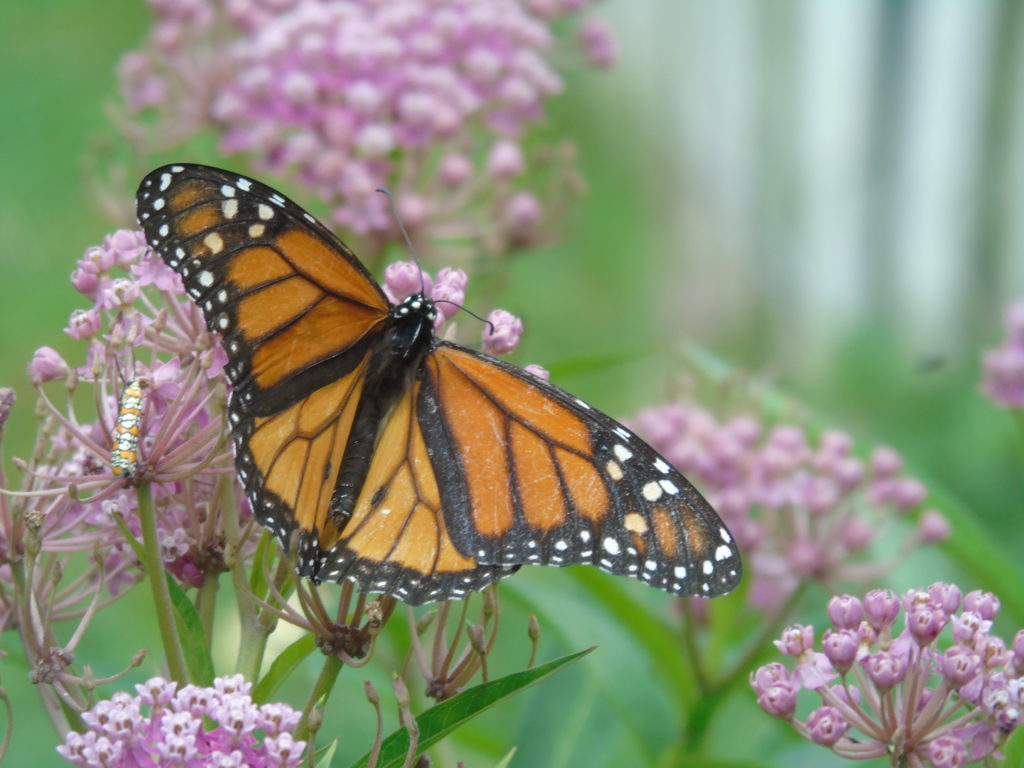
Our Monarch Butterfly is still in deep trouble. The most iconic of all butterflies numbers have been drastically dropping, down about 90% in the last 20 years. We are at risk of losing one of the great creatures and events in the natural world, the Monarch Butterfly and its incredible migration.
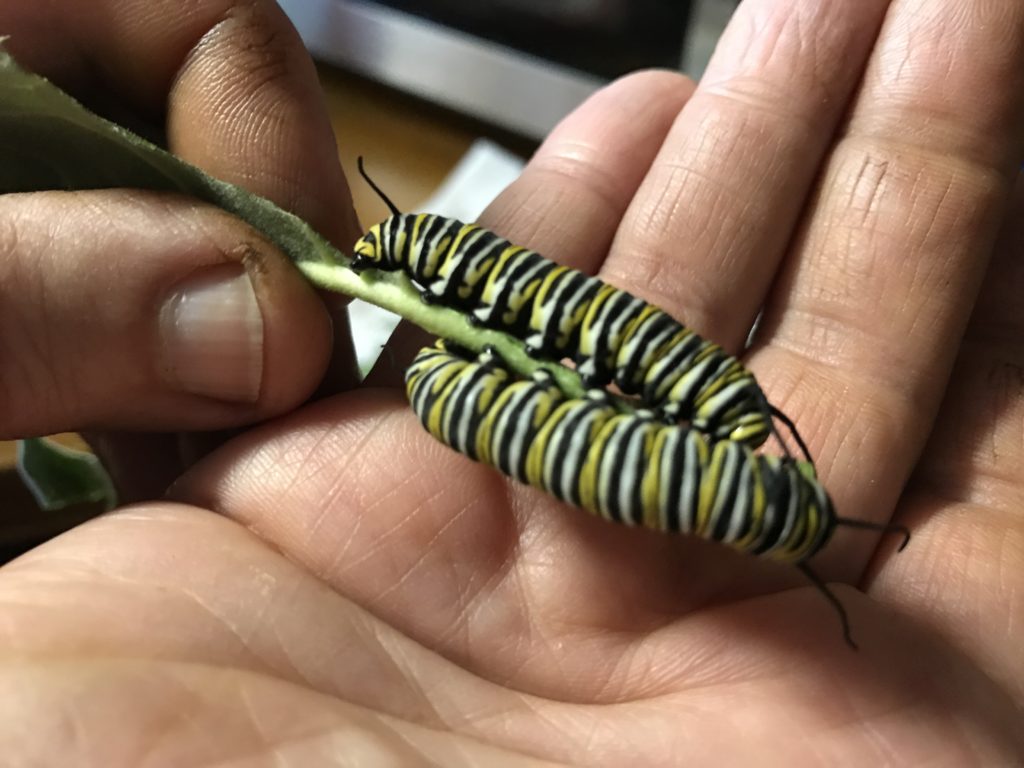
Our most beloved butterfly of all is suffering from the deforestation of their wintering grounds in Mexico, genetically engineered crops that allow farmers to use more weed killing Round-Up, habitat loss here at home, especially in the Midwest and locally by and the over use of pesticides and the indiscriminate use of the lawnmower in many public parks and natural areas. The magnificent Monarch is in danger of being lost to future generations forever. But there is a very simple thing we can all do together to help …PLANT MILKWEED!
Milkweed is the “host plant” for the Monarch butterfly which means it is the ONLY plant that female Monarchs will lay their eggs on and the only one the Monarch caterpillar can eat. No milkweed, no Monarch butterflies. It is that simple, but at least one part of the solution may be equally as just as simple.
Milkweed is disappearing from parks, roadsides and farmland where it once flourished. Droughts in the southwest in past years have resulted in less and less milkweed available to the Monarchs as they begin their northward migration. Unfortunately misguided gardeners and landscapers pull out much of the milkweed that may be growing in yards and parks.
If you have a garden at home or participate in a community garden, plant milkweed this spring. If you don’t have a garden start one. If you just have a patio or terrace, plant milkweed in a pot or container. If you don’t have any of these, or even if you do, urge your local businesses, government offices and neighbors to plant milkweed this season. Urge your local town, county and State Parks to create “No-Mow” zones which will allow milkweed to grow, and ask everyone to protect areas that already have milkweed growing from being cut down.
Just a few years ago milkweed plants were hard to come by. One had to grow them from seeds or travel far and wide to purchase them. But now milkweed can be found at our areas better nurseries. Although there are about 9 milkweed species that are native to New Jersey there are three that are readily available and work well in the home landscape.

Asclepias Syriaca – Common Milkweed
This is the milkweed that is seen growing along roadsides all over New Jersey. It has beautiful purple to pink flower clusters that smell great. The upside is it works great for habitat restoration projects. The downside is that it is not great for the small home garden since it spreads quickly. This is the milkweed that we need to look out for and protect from the weed-whackers and lawn mowers.
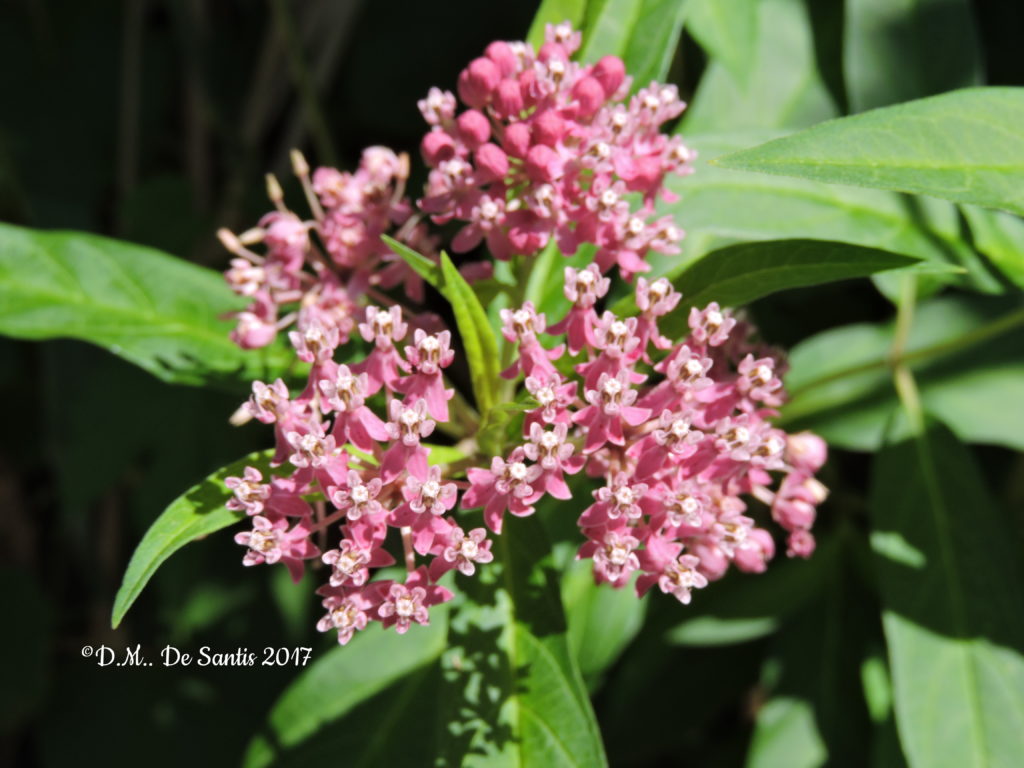
Asclepias Incarnata – Swamp Milkweed
Don’t get nervous, you don’t have to live in a swamp to have this plant in your backyard. In fact it is the best variety for the home landscape and the one that is the easiest to purchase locally. It has beautiful pink or white flowers which are a great nectar source for many other species of butterflies too. Best of all the Monarchs just love placing their eggs on this plant in my yard every year. Full sun and average garden soil will keep this plant happy but it doesn’t like to dry out for long.
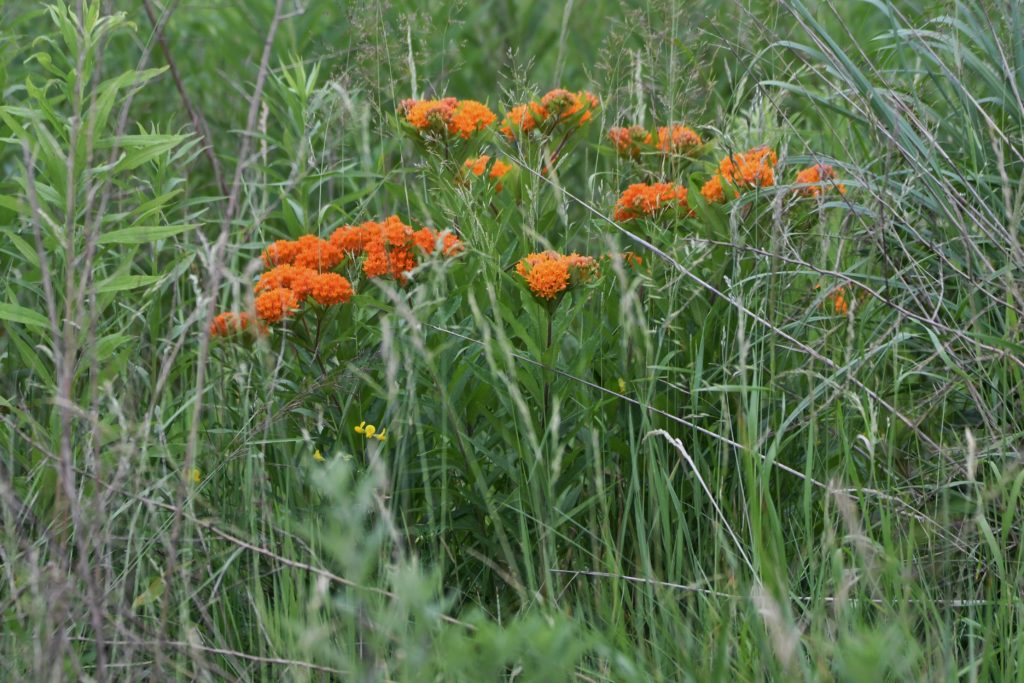
Asclepias Tuberosa- Butterfly Weed
This variety has beautiful orange flowers which are a great nectar source for butterflies and hummingbirds, and of course the host plant. It can be found easily at nurseries. It prefers dry areas, and poor soil works better for this milkweed
Restoring milkweed to its natural habitat is a conservation issue that we can all do something about. We don’t have to wait for a law to pass or a petition to be signed, we don’t need the President’s permission or the Governor to sign a proclamation. We can all take the responsibility of caring for our earth by preserving and protecting the Monarch butterfly. This year we can plant and protect milkweed whenever and wherever we can.
If you would like more info on milkweed and other native butterfly plants you can contact me at Greatauk4@gmail.com

nicce pictures! kkeep us updated! i am excited! quick and clean Industrial Power Washing in Los Angeles
Pingback: Penas soltas #800 – Falando Tudo